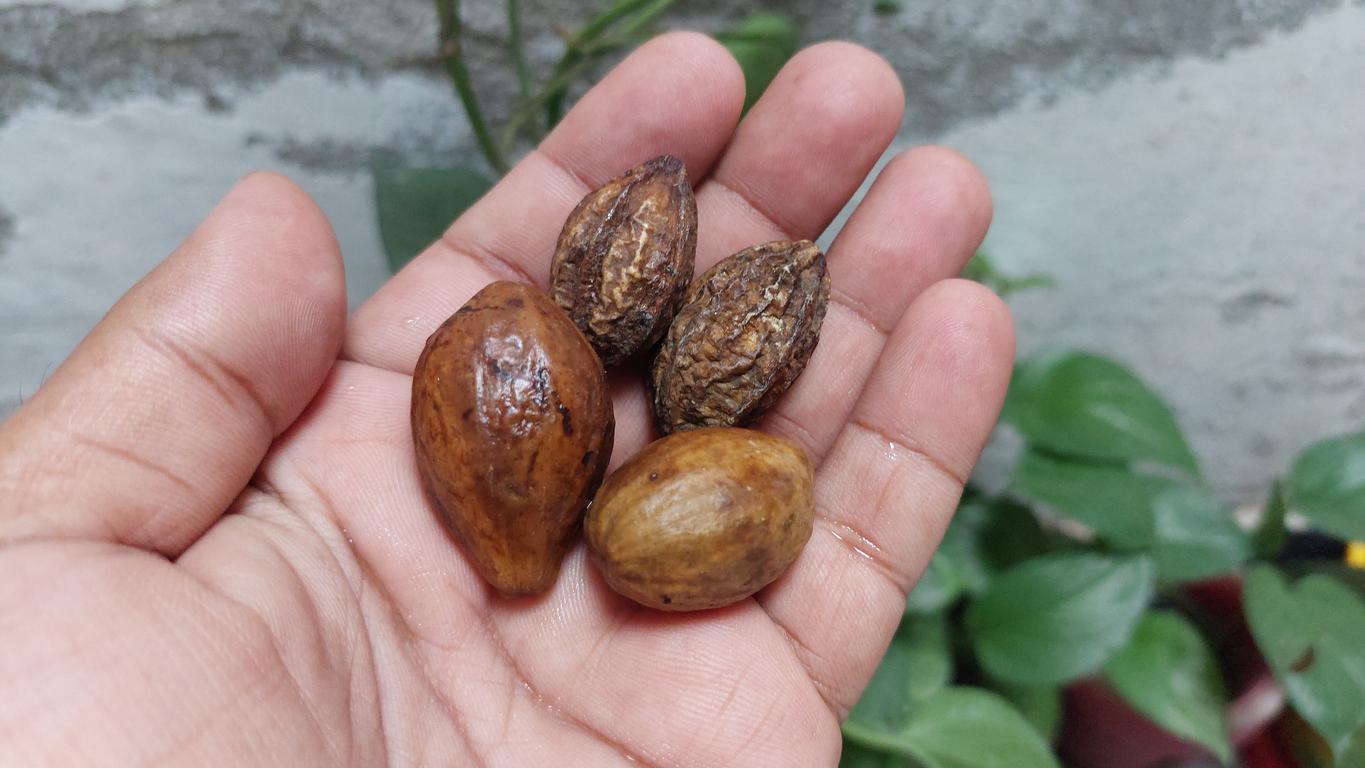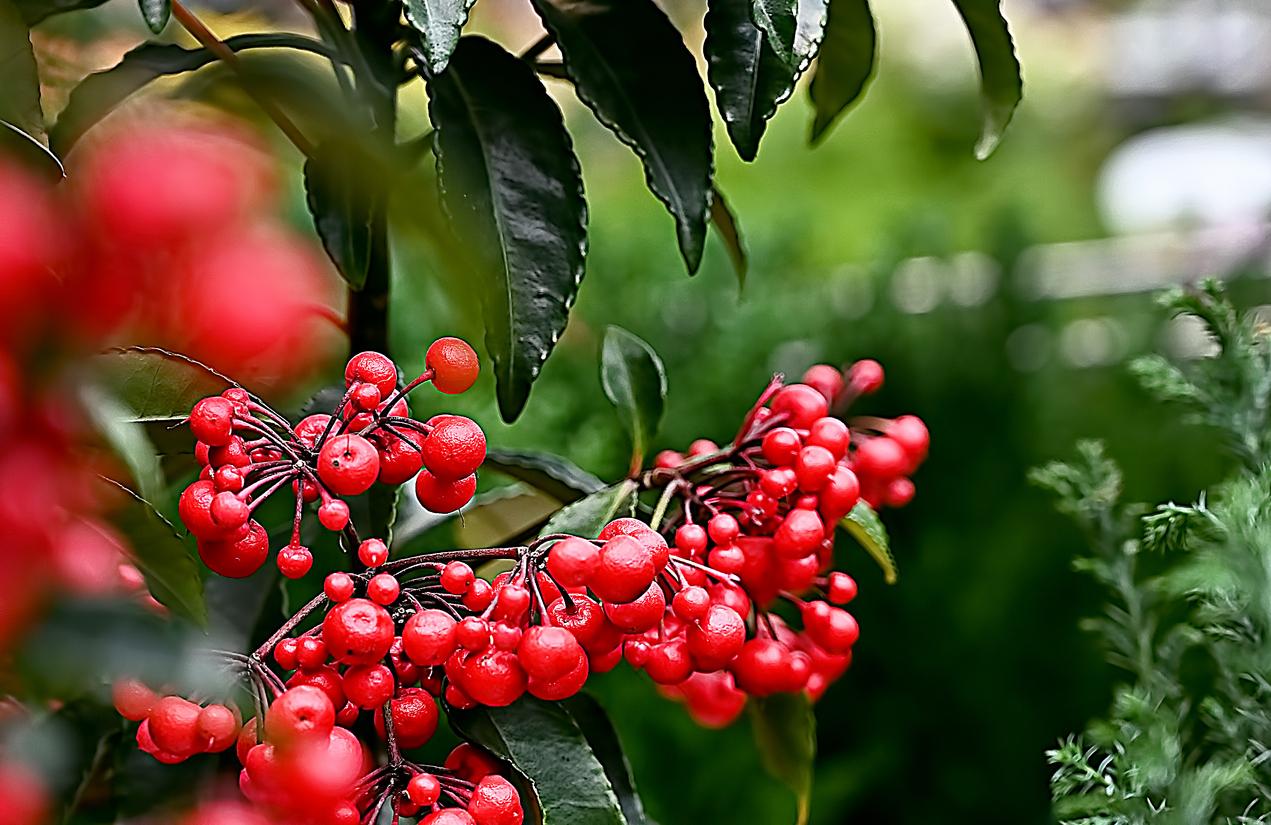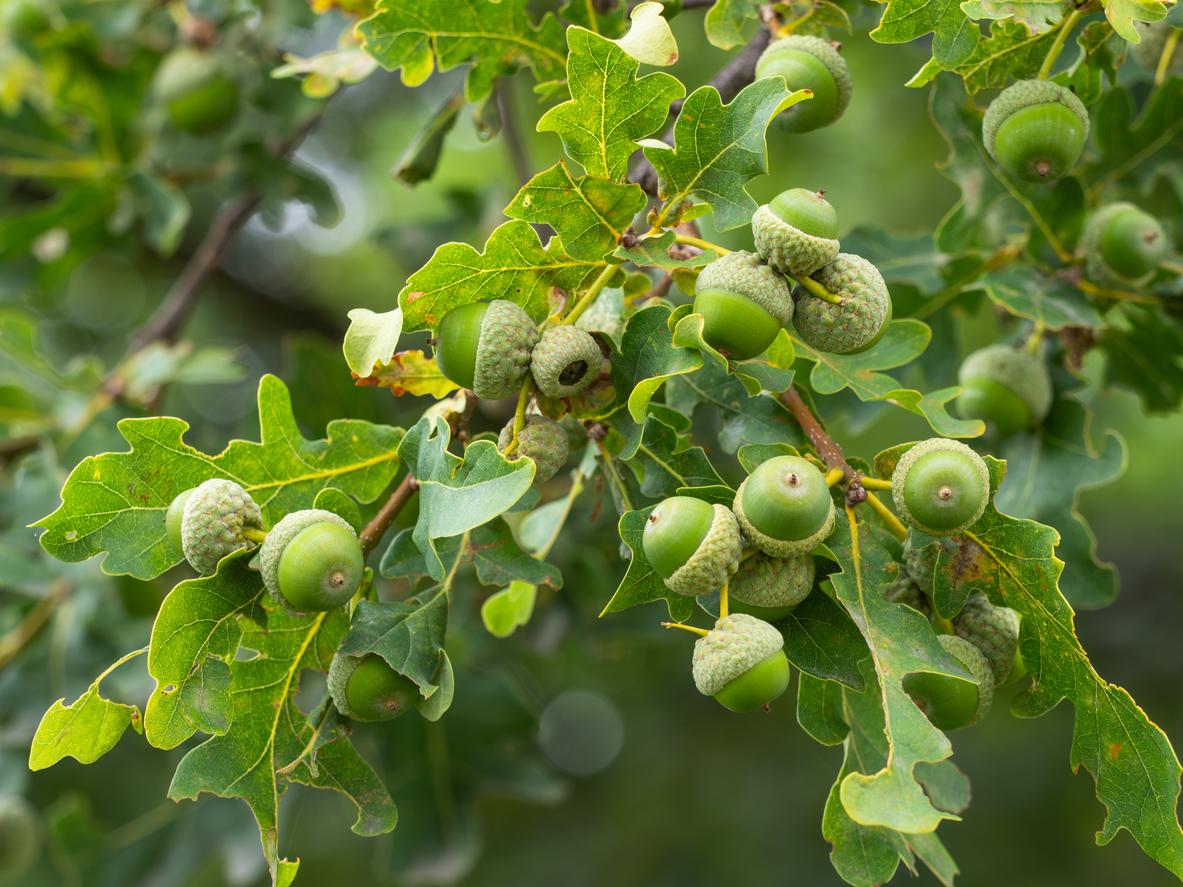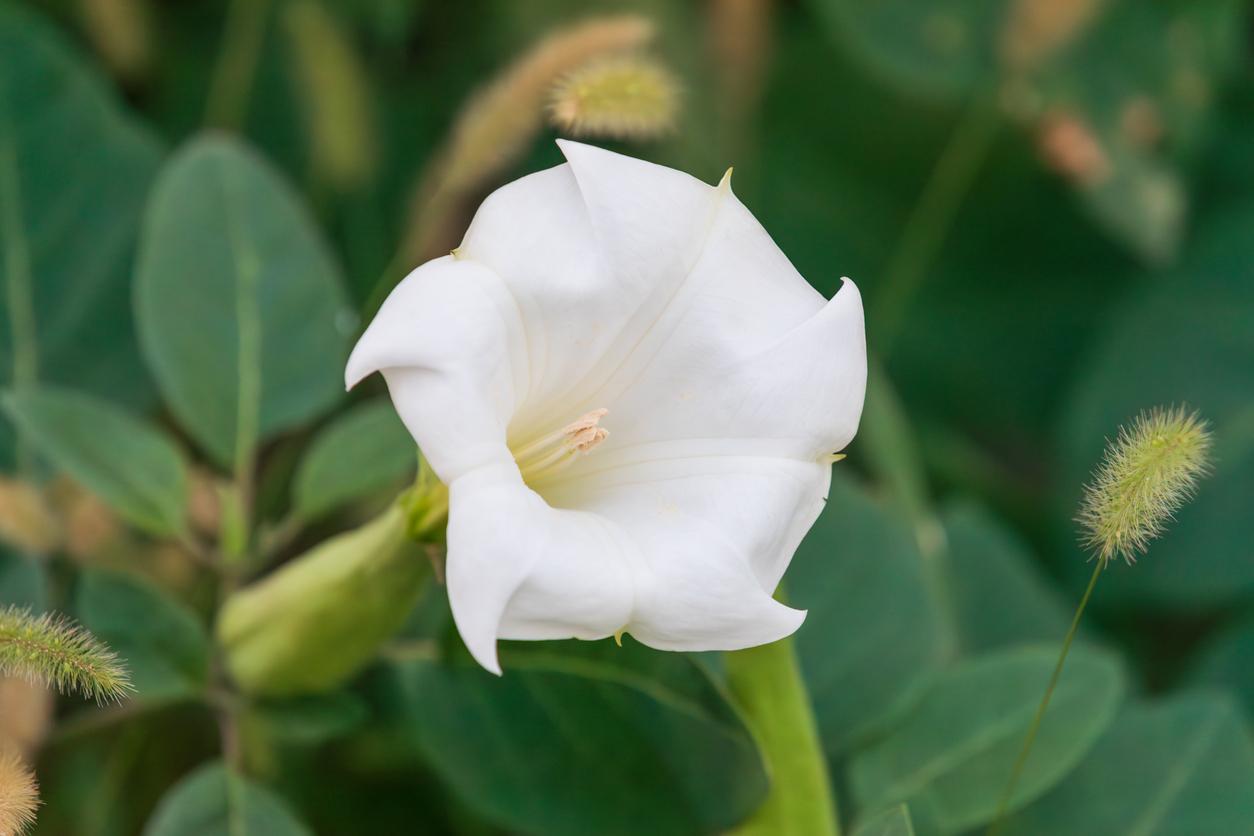In France, between 1,115,000 and 3,504,000 people are allergic to ragweed pollen, according to figures from ANSES. Problem: this plant is hyper-invasive since it is found in sunflower and corn fields, along roads and rivers, along paths… and even in our gardens!
This Friday, August 25, 2023, the National Aerobiological Surveillance Network (RNSA) announced a “high level for ragweed pollen” in 13 French departments: Drôme, Isère, Ardèche, Rhône, Ain , Saône-et-Loire, Nièvre, Allier, Cher, Indre, Creuse, Vaucluse and Gard.
In summary: allergy sufferers in these regions risk experiencing a complicated return to school since it only takes 5 grains of pollen per cubic meter of air for the symptoms to appear…
A plant dangerous to health, to be uprooted urgently!
Ragweed is regularly the subject of uprooting campaigns. How do you know if it’s growing in your garden? Here is the description of this invasive and highly allergenic plant when it flowers, that is to say at the end of August:
- Ragweed looks like a bush that can reach 1.50 m in height,
- The leaves of ragweed are bright green, slightly hairy and very jagged,
- The stem of ragweed is hairy, rigid and its color tends towards red,
- The flowers of ragweed are green/yellow and spike-shaped (we speak of “candles”),
- Ragweed fruits are small, spiny seeds that measure only a few millimeters: they often cling to the hair of pets.
Is there ragweed in your garden? No need to use weedkiller: this plant has become resistant to it! The best solution is to uproot the plant (with the root)… and check that it does not grow back the following year. In case of infestation, do not hesitate to ask for help from a garden professional…
Sources:

















